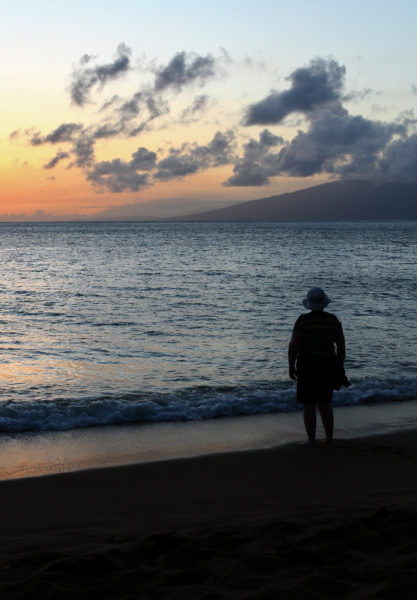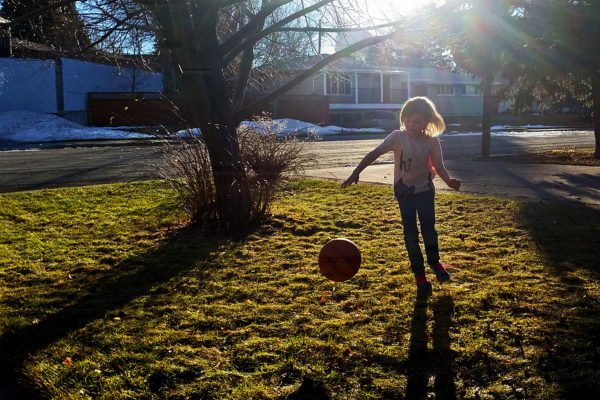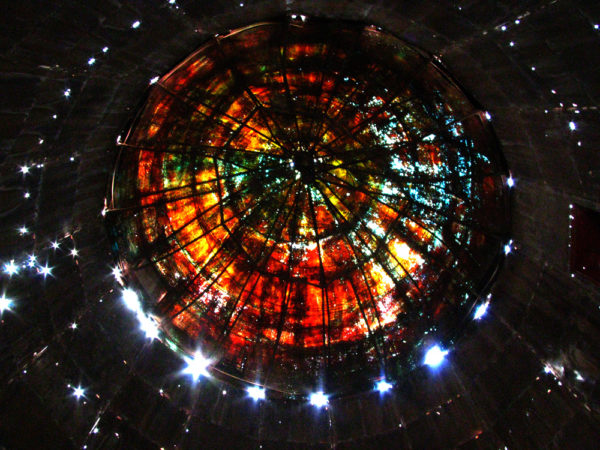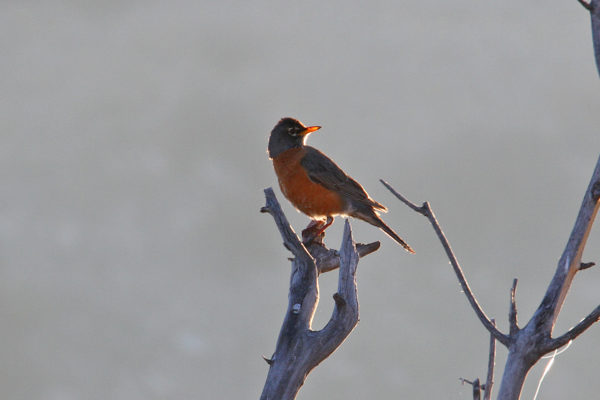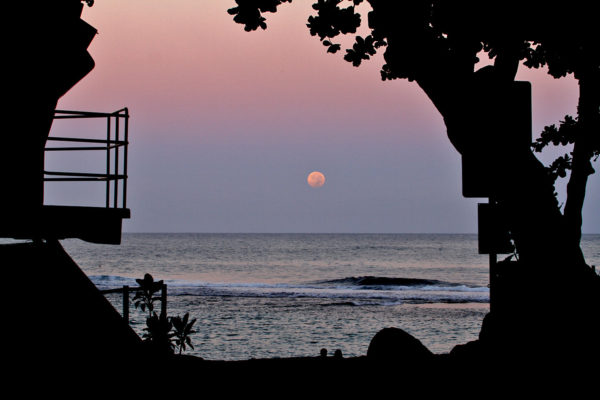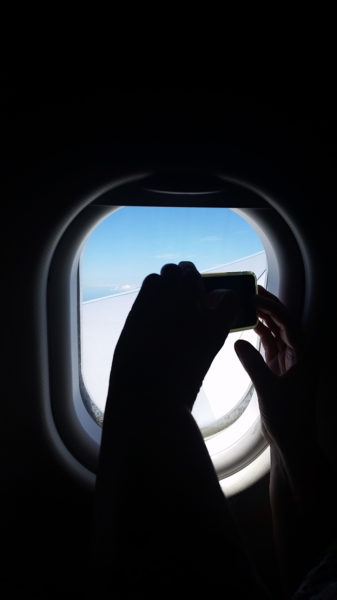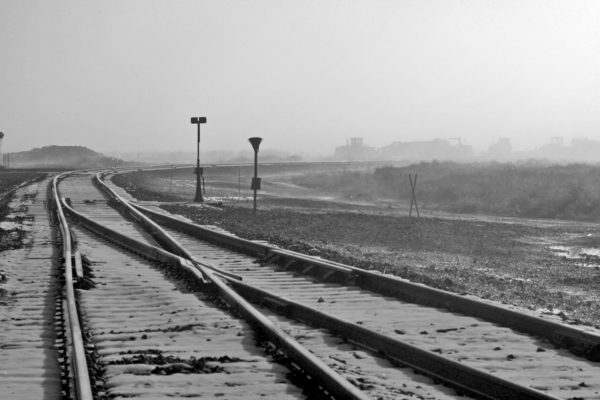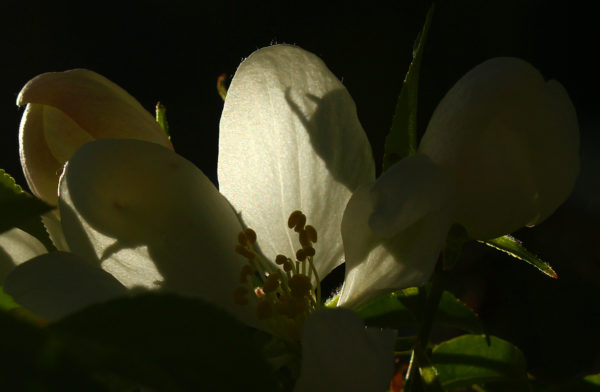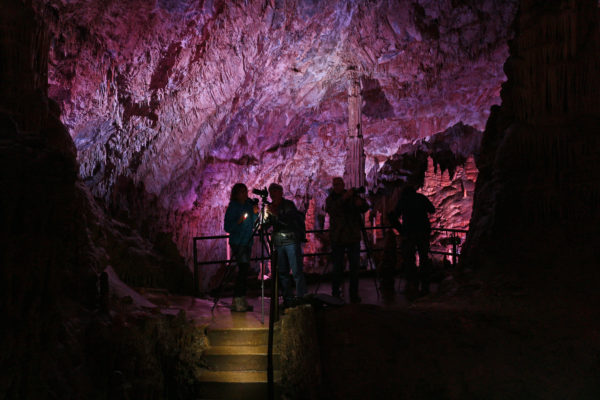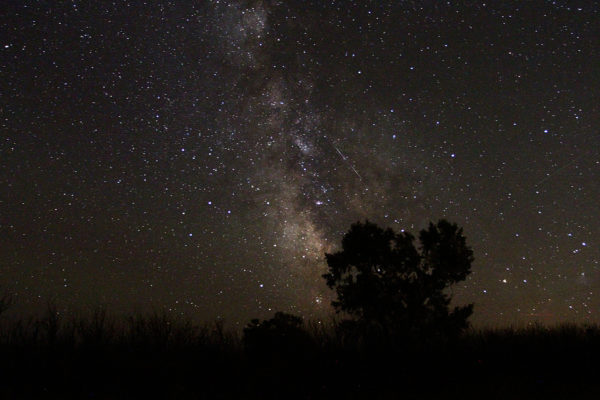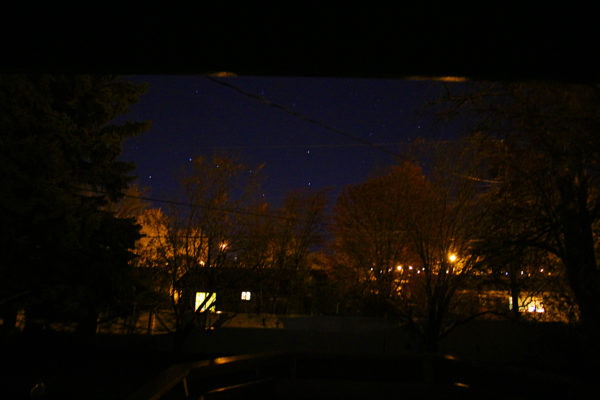Shadows and Silhouettes (GFCC Class, 28 Sep 18)
From Wikipedia:
“A silhouette is the image represented as a solid shape of a single color, usually black, with its edges matching the outline of the subject. The interior of a silhouette is featureless, and the whole is typically presented on a light background, usually white, or none at all.â€
We are flexible with this in photography.
“Many photographers use the technique of photographing [subjects] against the light, to achieve an image in silhouette. The background light might be natural, such as a cloudy or open sky, mist or fog, sunset or an open doorway (a technique known as contre-jour), or it might be contrived in a studio; see low-key lighting. Silhouetting requires that the exposure be adjusted so that there is no detail (underexposure) within the desired silhouette element, and overexposure for the background to render it bright…â€
Note: You don’t always have to underexpose the desired silhouette element AND overexpose the background.
To make a silhouette we need to have the background significantly brighter than the foreground or object we want to be silhouetted. This one is exposed for the sky.
As you can see we have a “bright†sky and dark foreground. This leads to a nice silhouette and reflection here, but there is no detail in anything below the sky.
So here are five easy things to remember:
1. Chose a strong subject, preferably uncluttered.
2. Turn off your flash.
3. Background brighter than the subject. If you are using Auto, press the shutter halfway down while pointed at the sky, then hold the button, reframe and shoot. Â
4. Focus. If you aren’t using back-button focus you might have screwed your focus up using the above method, so try pre-focusing, then turn off the AF on your lens.
5. Try Manual Mode, or if in Aperture Mode use your Exposure compensation dial!
But sometimes we can get both silhouette and some detail. Here I exposed for the moon, but there was still enough light to illuminate the power poles also.
You can and will get some foreground under some lighting conditions. These have only been minorly tweaked after leaving the camera.
Silhouettes are great for people.
This one had a bit more work after leaving the camera. Remember, you can still often bring detail out of an under exposed area, but you can’t put it back into an over exposed area.
Did I mention Hawaiian sunsets are just marvelous for silhouettes…?
This is pretty much done in camera. I used my exposure compensation dial to over expose by a stop.
This are a nice example of a silhouette that isn’t drastically underexposing the subject. Sometimes it is hard NOT to get a silhouette.
Mornings and evenings are great times for silhouettes, even if you aren’t in Hawaii. But Germany isn’t bad either…
This one is 1/2 stop under exposed. But after the Sun came out
I had to OVER expose this one by a stop and a half to get any detail in the foreground due to the brightness of the Sun. This is where digital is so nice. I got to try this several times until I got what I thought was right. The one from Germany I didn’t see for a couple of weeks,
Now this didn’t turnout as a really good silhouette, but it was a start. So in post processing I selected the pink shirt, head and ball
and darkened it using the levels control.
Here is the inside of a tipi burner, looking up. By darkening the whole thing using the level control
We get more a silhouette of the top. This is one of those where I said the definitions were a little loose in photography because a case could be made this isn’t really much of a silhouette. Mainly I wanted to include it because My Sister asked me for an “abstract†photo to use to make a quilt out of. Hers got selected to be in the Canadian Grand National Quilt show.
By selecting the body of this Sandpiper and darkening it
We get more of the feel of a silhouette without losing all detail.
With this I darkened the whole image
and we not only got silhouettes but the colors got a bit more saturation.
Here is a slightly more detailed summary of the process. I selected the bird and branches
Then I darkened them with the level control
Then I inverted the selection and brightened the background with the level control.
You don’t even need a whole bright background for the whole photo. A light source is good enough.
This is a different one: the background is bright enough but the foreground has too much detail. Yet I didn’t want to loose the colored pedals. I selected the green stems
and darkened those.
Now here is a fairly ho-hum photo, but lets play a bit. We will
blacken out Rachel…but that hair tie has to go…
Still something missing…
Lets darken out Harlee too!
Silhouettes can tell a story like shadows, and you can use both together!
This one is a selfie silhouette of a reflection.
I want to thank Norman volunteering to silhouette himself for this photo!
Clouds and fog make a great background.
 We can involve our light source in these too.
Here we have a silhouette, a reverse silhouette of the leaf, and a shadow showing through the leaf. There is a whole genre of shadow play, where the shadow is thrown onto a translucent, usually white, screen kind of like this.
The light source is reflected in the water, and the subject is blocking it, making this silhouette.
I did mention sunrises and sunsets didn’t I?
Strangley enough, caves make for wonderful silhouettes!
Note that everyone is using tripods. This was a 2 second exposure at 400 ISO.
Another example of a shadow on a 3D surface, here it being the blowing snow, with a silhouette of the tank against the blue sky. Â But better darkened for a silhouette.
Holidays can be great times for silhouettes, too.
A few more…
As hard as it is to breath, smoke makes for interesting silhouettes.
A few targets of opportunity.
Cold, snow and clear skies make some great silhouettes!
We can’t forget Secret Squirrel!
And lastly, the sky presents many silhouette chances.
The ultimate silhouette…
And sometimes we have very small Walters…errr…silhouettes…
Shadows and silhouettes are important in almost all kinds of photography. I have given Robyn copies of this presentation as .pdf files, one on shadows and one on silhouettes. Bring a thumb drive or ask her to email it to you if you’d like to review it again.
You can get more information by searching on “Shadow Photography†and “Silhouette Photography†in your favorite search engine such as Bing or Google, or on YouTube.
All images copyright the Curtis L. Barrow or Harlee Steele, 2018, or are public domain or free for noncommercial use.





